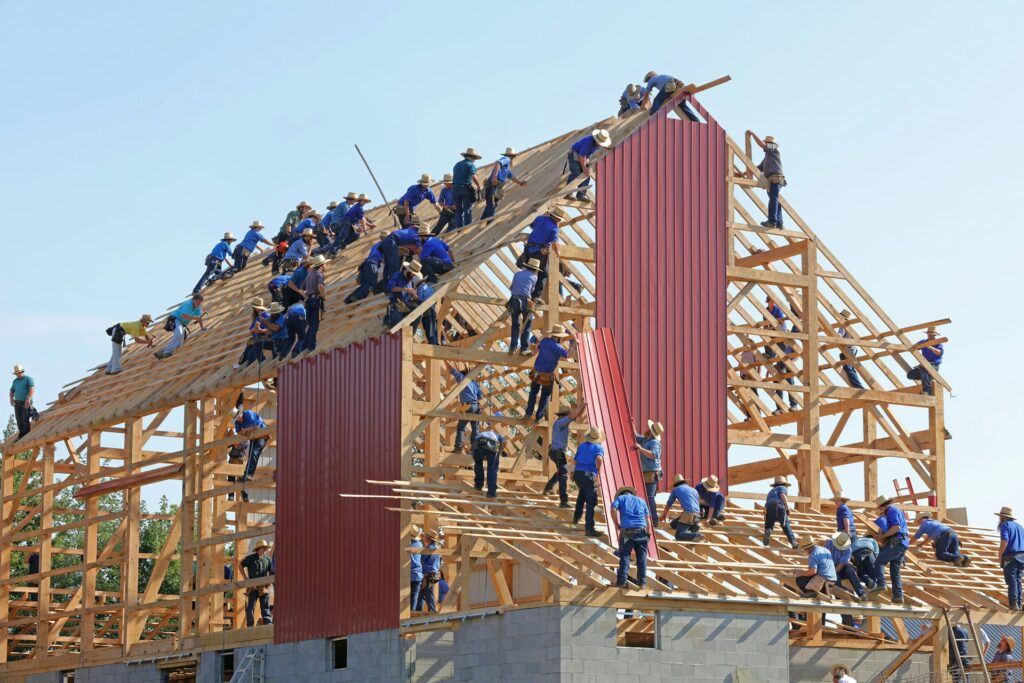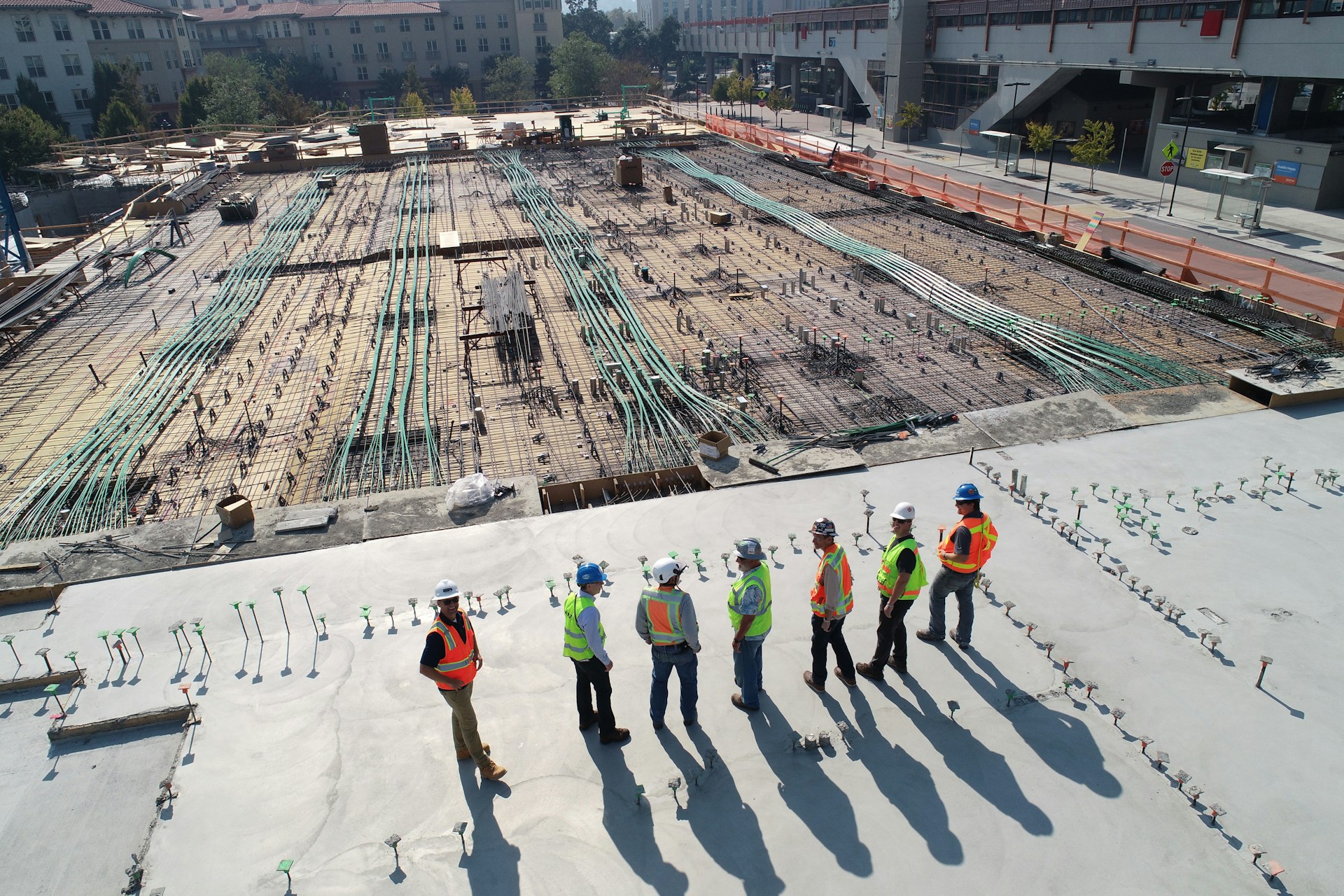Hybrid Construction: Combining Materials for Better Buildings
Hybrid construction is relatively new methodology in construction process where the concept of Construction embraces the combined use of two or more materials of construction in a particular structure.
Hybrid construction aims at finding the best resources and outcomes of construction by blending the distinctive characteristics of different materials.
It is used more frequently as more architects and engineers go in search of better ways to address the needs of today’s buildings.
As is quite evident from the title of this blog, we will now take our time to discuss what exactly falls under the classification of hybrid construction all the various approaches used and all the many advantages that comes with it.
1. What is Hybrid Construction?
What is known as hybrid construction therefore means construction that involves the use of a variety of building materials in the same construction project, in a manner that also exploits the benefits of each of the building materials used.
Hybrid construction type is the usage of several construction materials like concrete, steel, wood etc., instead of concrete or steel, wood etc. for the construction of structure.
For instance, reinforcement steel can be used for the external skeleton of the building, timber for interior works and the concrete sole for the base since they are all qualify for the same material.
Hybrid construction is built on the assumption that the properties of different construction materials can be utilized in a number of ways.
Stainless steel adds structural benefits and resistance to corrosion, timber adds sustainability that also gives the building a warm feel, and concrete gives structure and noise barrier.
When used in hybrid construction, these materials allow architects and builders to achieve the diversity and innovation potential needed to satisfy the functional and environmental demands for buildings of the present day.
2. Methods of Hybrid Construction
Hybrid construction can be used in several forms depending on the overall intent of the construction, the architectural design and the physical environment of the construction site.
Some common methods include:
Timber-Steel Hybrid:
Here, steel structure is used along with timber. By incorporating steel, a structural material is developed for the Tolmin kas that complements the timber’s beauty and carries importance as a renewable resource.
Timber steel composite constructions is used mostly in multi-storey construction where may be used to reduce the weight of the construction and increase flexibility.
For instance, CLT panels for the floors and the walls are possible while the steel columns and beams take overall loads.
Concrete-Timber Hybrid:
In this technique wooden is utilized for the primary members of construction and concrete is employed only in cases where it is necessary for example as a support in the construction of the walls, floors or as a foundation.
They have predominantly being adopted in midrise apartments, residential and commercial structures.
The concrete fulfils the need for strength and fire protection whereas the timber makes the impact on reduction of a carbon footprint and increase in construction time due to offsite fabrication less.
Modular and Prefabricated Hybrid Construction:
One way is to integrate site built components with modular or precast construction techniques in any project.
To illustrate the concept, it is still possible to incorporate the structures’ cores or frames with steel or concrete at the construction site whereas the timber or steel framed but modular structures are constructed off-site.
This approach can possibly shorten construction time and enhance the standard of construction since element are pre-made in controlled manufacturing environments.
Composite Material Hybrids:
Hybrid construction also involves the use of composites whereby two or more constituent materials are combined at the molecular or the structural level to produce a material that possess properties that are better than that of the constituents.
For instance, glass fiber reinforced concrete (GFRC) is a blend of both concrete and fiberglass in building design; the product is lighter and stronger than ordinary concrete, and is suitable for curvatures and façade.

3. Benefits of Hybrid Construction
Hybrid construction offers several advantages that make it a valuable approach in modern building projects:
Optimized Structural Performance:
Hybrid construction can enhance the performance of the building since the different material possess unique characteristics.
First of all, steel frame as the main bearing structure offers the necessary weight-bearing characteristics for the construction of tall buildings; timber or composite materials added in decreasing proportions allow for flexibility and absorbed impact forces.
Such an optimization helps in virtually constructing beautiful and strong building that has the capacity to defend structures from environmental factors such as earthquakes and strong winds.
Sustainability and Reduced Environmental Impact:
Hybrid construction promotes sustainable construction because timber is a sustainable material as compared to steel or concrete.
As the building material it can make timber to work in synergy with other materials in a bid to lessen the environmental footprint of the building THEY DO NOT SACRIFICE STRENGTH AND DURABILITY OF THE BUILDING.
Moreover, such approaches can also use Recycled material thus adding its functionality to sustainable development.
Cost-Effectiveness and Construction Efficiency:
Sometimes, in terms of material utilization and form of construction, hybrid construction may be cheaper than other types of construction.
For instance, incorporating Pre-fabricated components is advisable since it reduces the duration for constructing a building and therefore reduces the charges for hiring workers and delays the construction process.
The freedom of choosing material also enables the builder to choose an affordable material that will still deliver the needed performance and design.
Conclusion
In conclusion, it will be appropriate to state that hybrid construction is one of the trends that is still unique and appropriate to address the needs of the new-technology architecture.
Hybrid projects have the potential to achieve better structural performance when using multiple materials and construction techniques; better sustainability when incorporating green materials; and even better economics.
This paper explains that as the construction industry progresses, it will become clear that hybrid construction will have a crucial role within the built environment and new construction projects to deliver innovative and sustainable buildings needed for the challenges facing today’s twenty-first century.
Also read: The Concept of Hybrid Construction Technology: State of the Art and Future Prospects

